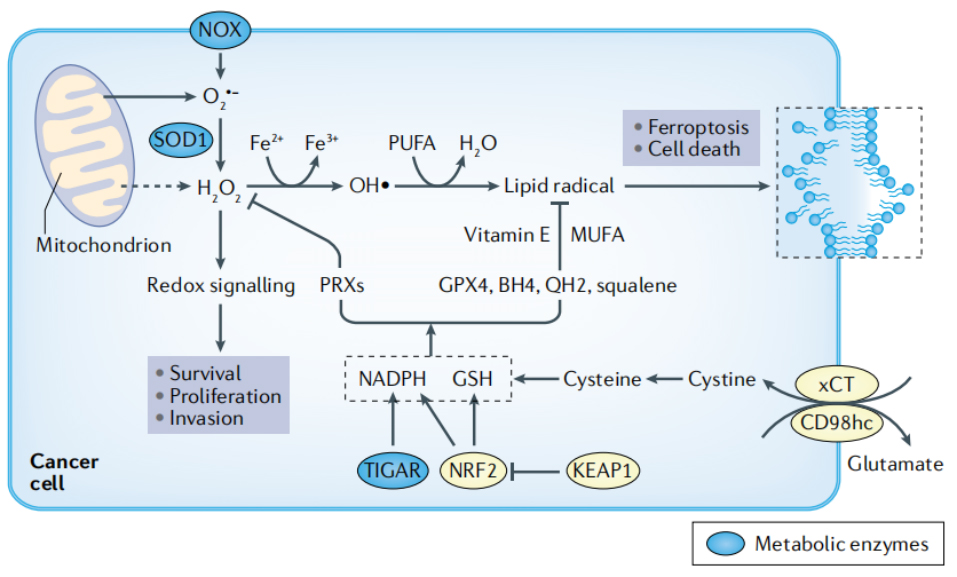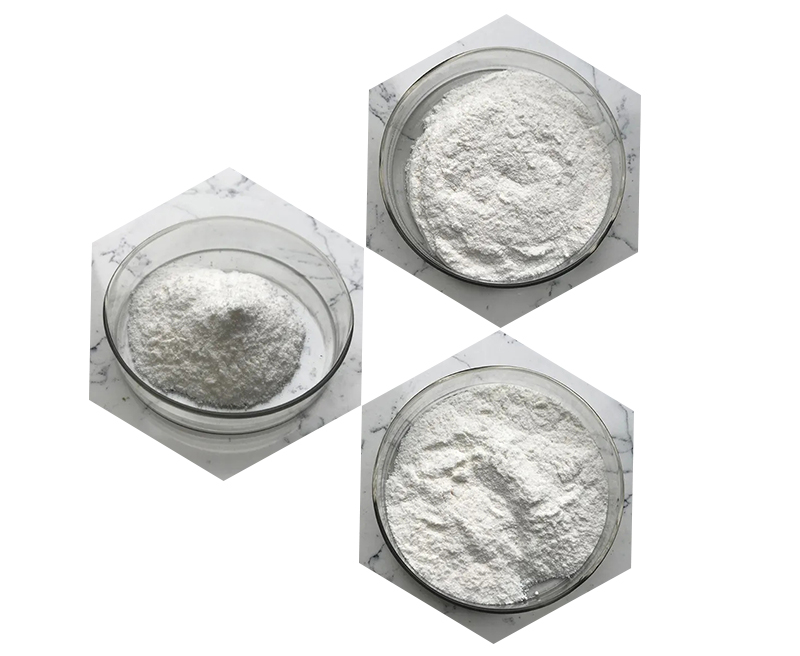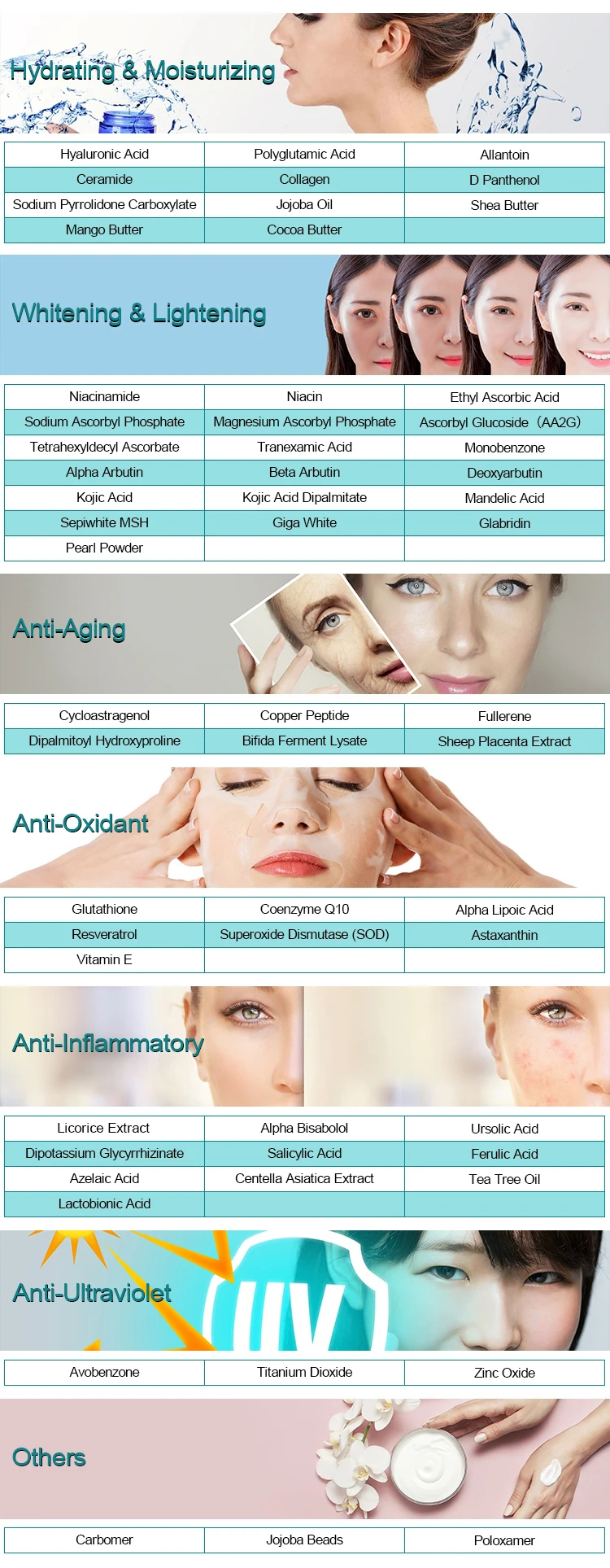Superoxide Dismutase (SOD) is an enzyme that plays a crucial role in antioxidant defense mechanisms within the body. Its primary function is to catalyze the dismutation of superoxide radicals (O2-) into oxygen (O2) and hydrogen peroxide (H2O2). This process helps protect cells from the damaging effects of oxidative stress.
Here are key points from a comprehensive study of Superoxide Dismutase:
1.Types of SOD:
There are three main types of Superoxide Dismutase found in different cellular compartments: Cu/Zn-SOD (cytosol and nucleus), Mn-SOD (mitochondria), and extracellular Superoxide Dismutase (found in the extracellular matrix).

2.Mechanism of Action:
Superoxide Dismutase acts as the first line of defense against oxidative stress by neutralizing superoxide radicals, preventing the formation of more harmful reactive oxygen species (ROS).
3.Antioxidant Defense:
Superoxide Dismutase is a key component of the body’s antioxidant defense system, working in concert with other enzymes and molecules to maintain cellular redox balance.
4.Role in Health and Disease:
Imbalances in oxidative stress have been linked to various diseases, including neurodegenerative disorders, cardiovascular diseases, and cancer. Superoxide Dismutase’s role in maintaining oxidative balance makes it a potential target for therapeutic interventions.
5.Genetic Variations:
Genetic variations in Superoxide Dismutase genes may influence an individual’s susceptibility to certain diseases. Understanding these variations is important in personalized medicine and disease risk assessment.

6.Sources and Regulation:
Superoxide Dismutase can be obtained through dietary sources, and its expression is regulated by various factors, including transcriptional control and post-translational modifications.
7.Clinical Implications:
Superoxide Dismutase-based therapies have been explored for conditions associated with oxidative stress. However, challenges such as delivery methods and stability need to be addressed for effective clinical applications.
8.Biotechnological Applications:
Superoxide Dismutase has been studied for its potential applications in biotechnology and agriculture, including enhancing stress tolerance in plants.
9.Interaction with Other Antioxidants:
Superoxide Dismutase works synergistically with other antioxidants such as catalase and glutathione to provide comprehensive protection against oxidative damage.

10.Future Directions:
Ongoing research continues to explore the molecular mechanisms of Superoxide Dismutase, its interactions with other cellular components, and potential therapeutic applications.
Remember that the field of enzymology and antioxidant research is dynamic, and new findings may have emerged since my last knowledge update in January 2022. For the latest and most detailed information, it’s advisable to refer to recent scientific literature and research publications.
